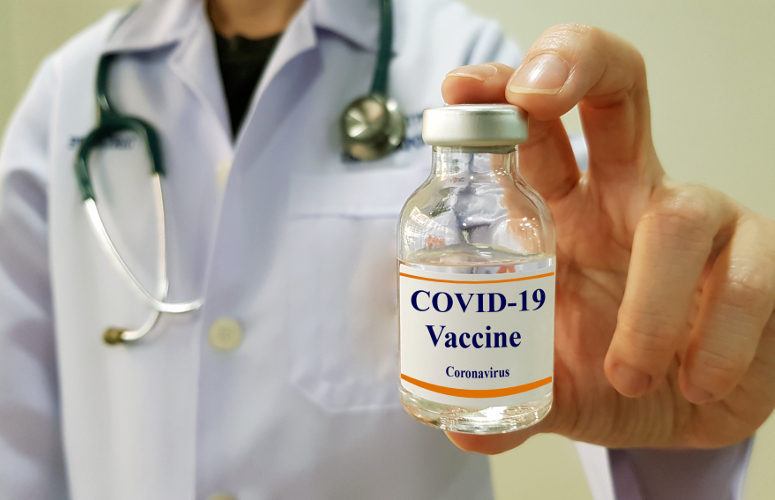
Wage and Gender Differences in COVID-19 Unemployment
By Anthony Birritteri, Editor-in-Chief On Jun 25, 2020Employment statistics related to the COVID-19 recession – as of the end of May – reveal that women and low-wage workers have lost a larger percentage of jobs during the pandemic than male workers and higher-wage workers, respectively. Meanwhile, a quarter of jobs lost have already returned as businesses begin to reopen.
These were just some of the findings at today’s ADP State of the Labor Market Summit, a virtual event in which economists from the Federal Reserve analyzed ADP payroll data of US private-sector workers.
Industry and Gender Disparity
When looking at industry sectors, Tomaz Cajner, a senior economist at the Federal Reserve, said that businesses hit the hardest during this recession are those with “substantial interpersonal interactions,” with arts, entertainment and recreation making the top of the list with a 50.7% reduction in employment between Feb 15 and April 25, and a 41.5 % reduction between Feb 15 to May 30. This was followed by accommodations and food services, which experienced a 45.5% decline and 34.1% decline for the same time periods, respectively. The retail trades followed with 28.7% and 18.5% declines, respectively.
Cajner noted that by gender, through late April, women had an unemployment rate that was 4% higher than men: 18% versus 22% respectively. Part of the explanation lies in the fact that there are more women employed in the arts, entertainment, retail and hospitality industries. “Historically, male-dominated industries such as construction and manufacturing contracted the most during past recessions,” Cajner said.
It is important to note that construction and manufacturing companies in many states, including New Jersey, were deemed essential businesses that were allowed to stay open throughout the crisis.
Small Business
In this recession, much attention has been given to the preservation of small businesses. This was most notable in the federal government’s $2-trillion stimulus package, which had special provisions to support small businesses, such as the $600-billion Paycheck Protection Program (PPP).
“The rationale behind PPP is that small businesses are more likely to be financially constrained and may be forced to close, and that the recovery from the crisis can be far more protracted for smaller firms,” Cajner said.
He said that businesses with fewer than 50 employees have been reducing employment at faster rates than their larger counterparts. “Businesses with fewer than 50 people saw paid employment declines of more than 25% through mid-April, while those with more than 50 employees saw declines of 15% to 20% during the same period,” he said.
On the flip side, the growth in paid employment since late April has been primarily confined to smaller businesses. Cajner said that between late April and the end of May, smaller businesses have increased employment by 12% of their initial levels while businesses with more than 50 employees have increased employment by less than 5% during the same time period.
The Wage Difference
Cajner and his team also studied how a difference in wage levels impacted unemployment during this recession. In developing five wage quantiles, workers in the lowest wage quantile experienced larger job losses – 35% through the end of April and recovering to 30% by the end of May.
Meanwhile, employment declines for high wage earners in the top quantile was just 10% through the end of April, improving to 5% through mid May.
“To summarize,” Cajner said, “employment losses during the pandemic are disproportionately concentrated among lower wage workers.”
He also said that 11% of workers experienced wage cuts during this recession, and this is higher than the 6% seen during the Great Recession.
Higher wage workers were most likely to experience a freeze or cut in wages, while employment losses were more concentrated among low wage workers, he said.
Overall, Cajner explained that when businesses reopen they might not hire back all of their preexisting workers. So far, he said that the average firm reopened with a quarter of their initial employment from February.
To access more business news, visit NJB News Now.
Related Articles:





